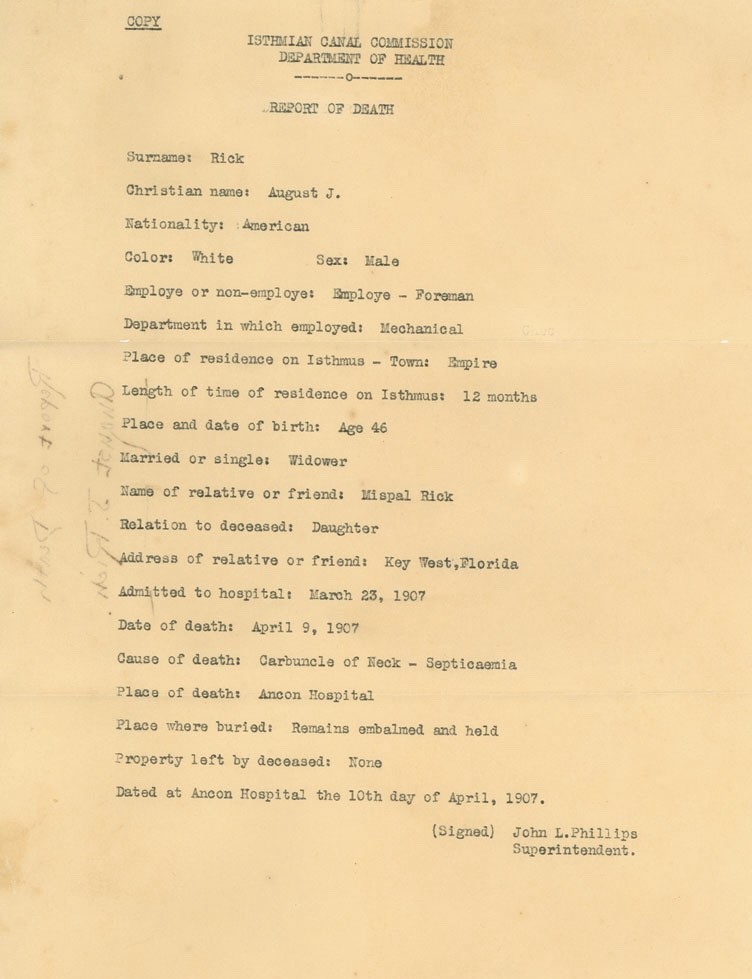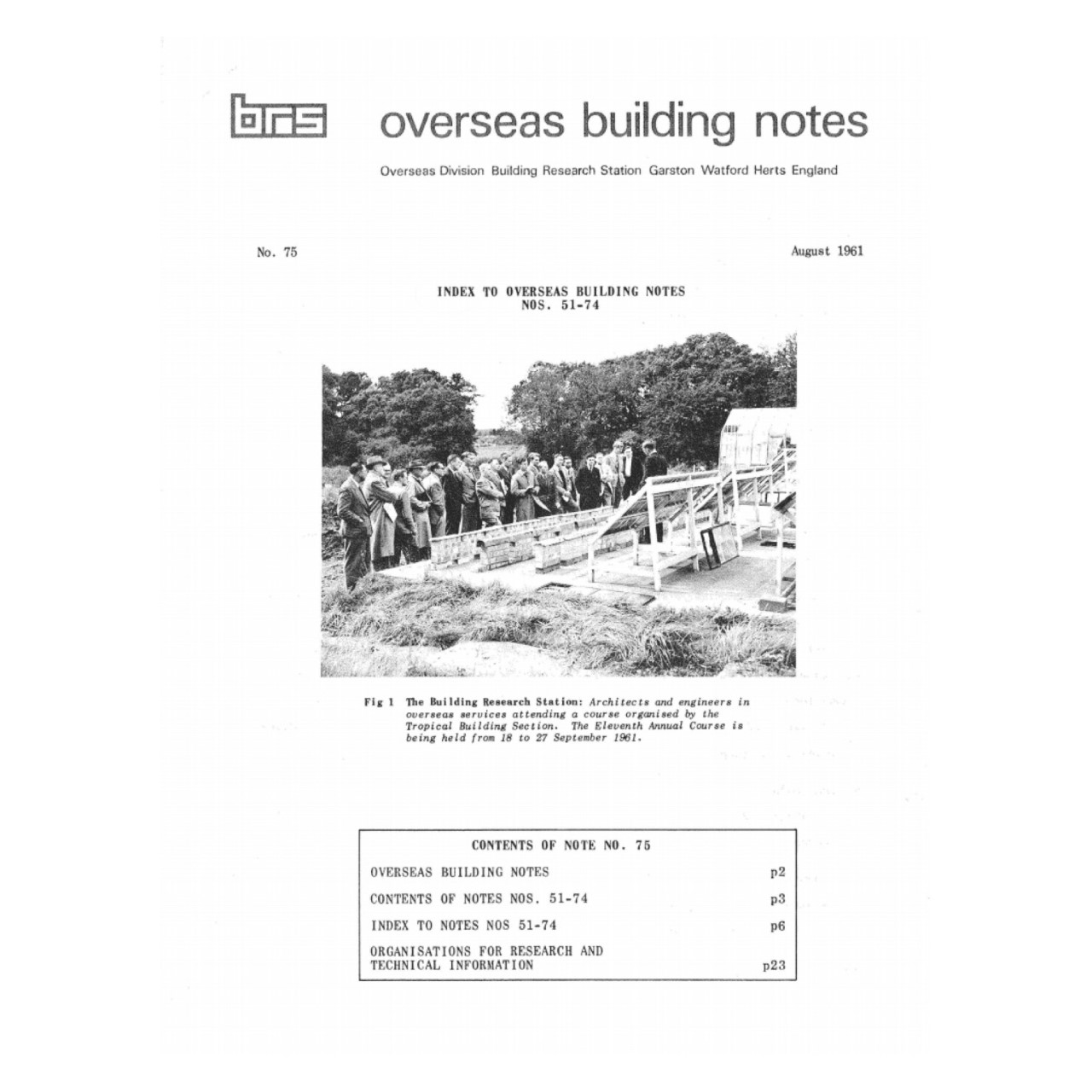Un/Predictable Labor: The Role of Water in the Construction of the Panama Canal
Gathered and organized during the tenure of Aurin B. Nichols as Office Engineer at the Panama Canal, the Nichols Notebook Archive provides material specifications and health reports required for successful construction with mass amounts of people and concrete. These construction specifications juxtapose unpredictable site conditions, health and the movement of people, with the pursuit of material predictability, engineered concrete.
Becca Woytassek > link
Gathered and organized during the tenure of Aurin B. Nichols as Office Engineer at the Panama Canal, the Nichols Notebook Archive provides material specifications and health reports required for successful construction with mass amounts of people and concrete. These construction specifications juxtapose unpredictable site conditions, health and the movement of people, with the pursuit of material predictability, engineered concrete.
Becca Woytassek > link
Colonial Footprints: From Bahia to Lagos
The Overseas Building Notes and a group of trained ex-slaves returnees from Brazil, known as the Agudas define British Colonial and Brazilian Baroque styles in Historical Lagos, Nigeria. The structure of knowledge transfer and use of Labor vary distinctly in executing both styles as they co-exist parallel to each other making them independently prominent during the colonial era.
Thelma Diejomaoh > link
The Steel Territories of the Empire State Building
Mapping the organization of the collective labor involved in the structural steel of The Empire State Building connects the role of time and cost to material sourcing and labor scheduling across an expansive territory.
From April 1, 1930 to September 22, 1930, 350 men erected 87 stories of structural steel during the construction of the empire state building averaging four stories per week. Contractor Starrett Brothers & Eken and structural steel contractor Post and McCord worked together along with material suppliers and manufacturers to coordinate the sourcing, delivery, and erection of the 60,000 tons of steel. Precise scheduling, site organization, and material sourcing led to a record-breaking project completed before schedule and under estimate.
Mitch Woldt > link
Mapping the organization of the collective labor involved in the structural steel of The Empire State Building connects the role of time and cost to material sourcing and labor scheduling across an expansive territory.
From April 1, 1930 to September 22, 1930, 350 men erected 87 stories of structural steel during the construction of the empire state building averaging four stories per week. Contractor Starrett Brothers & Eken and structural steel contractor Post and McCord worked together along with material suppliers and manufacturers to coordinate the sourcing, delivery, and erection of the 60,000 tons of steel. Precise scheduling, site organization, and material sourcing led to a record-breaking project completed before schedule and under estimate.
Mitch Woldt > link
Mid-modern Rhetoric for Interiors
Over five hundred letters exchanged across the 1950s through the 1970s, between Alexander Girard, Eero Saarinen, Dan Kiley, and Irwin and Xenia Miller, reveal an important relationship between the interior designer and the owners during the design process of the Miller's home. These letters identify ways the owners and the interior designer expand the aesthetic ideals of mid-century modernism.
Robi Fanslau > link
Over five hundred letters exchanged across the 1950s through the 1970s, between Alexander Girard, Eero Saarinen, Dan Kiley, and Irwin and Xenia Miller, reveal an important relationship between the interior designer and the owners during the design process of the Miller's home. These letters identify ways the owners and the interior designer expand the aesthetic ideals of mid-century modernism.
Robi Fanslau > link
Language Limits Motion
Historical labor laws and contemporary robotic patents articulate the “language of motion” through the definition of three categories: part, body, assembly. The interconnection between each category speculates about the present and future relationship between human labor and robotic work.
Joe Kenny and Nathaniel Krueger > link
Historical labor laws and contemporary robotic patents articulate the “language of motion” through the definition of three categories: part, body, assembly. The interconnection between each category speculates about the present and future relationship between human labor and robotic work.
Joe Kenny and Nathaniel Krueger > link



